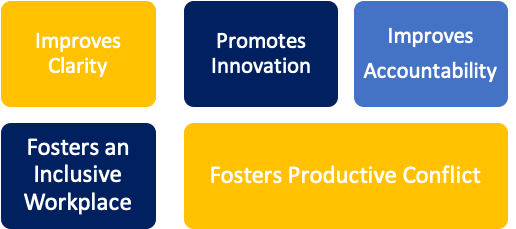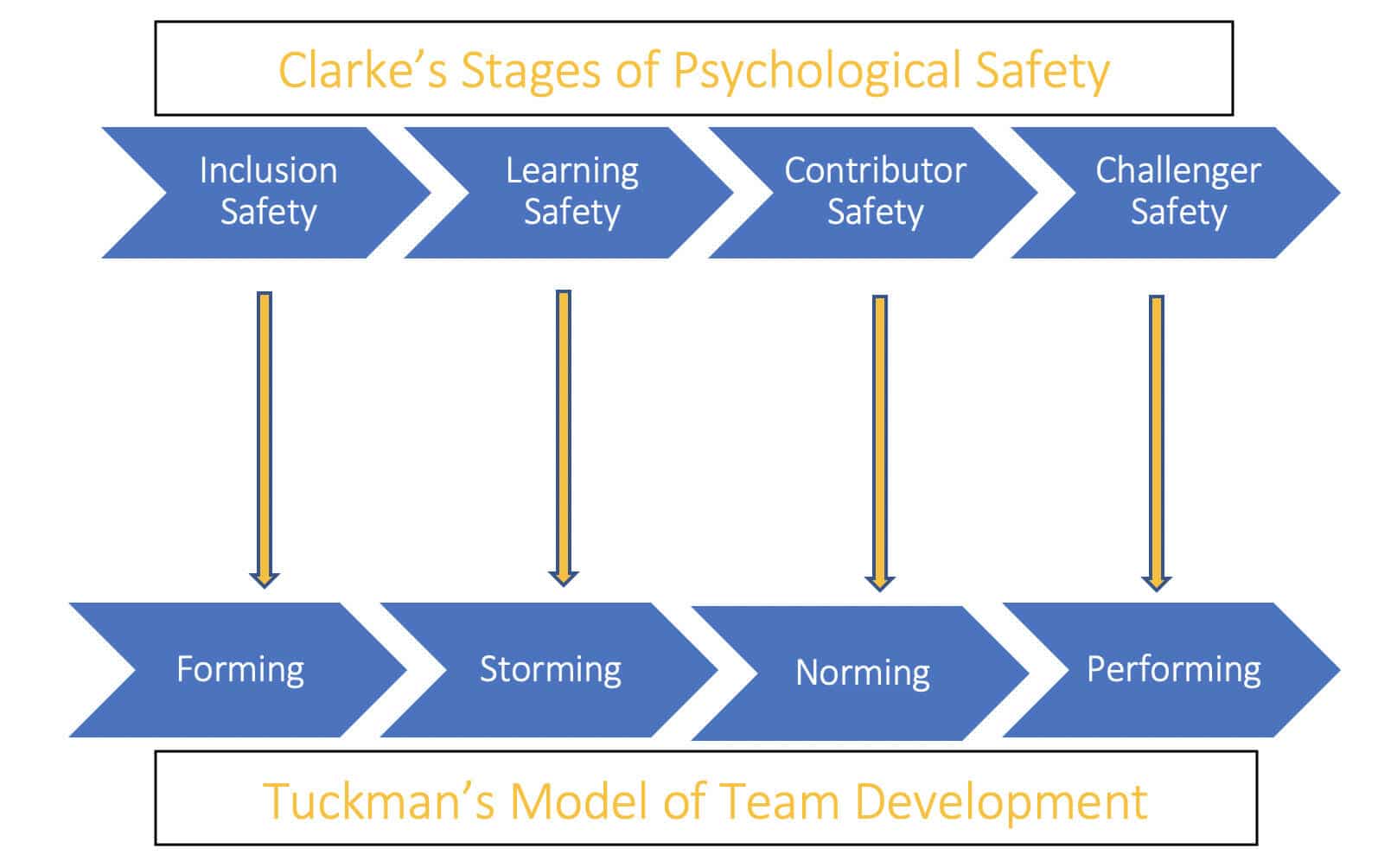Practical Ways Leaders Can Foster Psychological Safety in Their Teams Using Agile Principles
What is Psychological Safety and Why Should You Care About It?
Imagine being part of a company in which failures are celebrated and encouraged. Imagine being comfortable with speaking up when you notice something wrong, knowing others will appreciate your perspective. Imagine being part of a team that you are so comfortable with, you don’t think twice. What you are imagining is called psychological safety.

In a Google two-year study on team performance, it was revealed that the highest-performing teams have one thing in common: psychological safety. In part, the Agile methodology is highly successful because it recognizes that individuals are the ultimate source of value, and it prioritizes creating an environment where they can make a difference. In the Agile Manifesto, individuals and interactions are valued over processes and tools. We cannot effectively value individuals and interactions without empathy, considering the human side, and psychological safety.
As businesses are experiencing rapid changes, it is imperative that safe and trustful spaces that allow people to take risks, make mistakes, and raise concerns in response to these changes are created. To do so, psychological safety is needed.
In the following sections, we outline the benefits and stages, as well as practical actions, to increase psychological safety.
Benefits of Psychological Safety

The Stages of Psychological Safety
In his book titled The Four Stages of Psychological Safety, Timothy R. Clarke describes a model for the stages of psychological safety. The stages are inclusion safety, learning safety, contributor safety, and challenger safety.
Inclusion Safety. In this first stage, team members need to feel they belong and that they can bring their full, authentic selves to work without experiencing discrimination. People need to feel included and appreciated first before they feel their voice can be heard.
Learning Safety. In this second stage, team members begin to learn about the work they will be doing through questions. They may begin to experiment and make mistakes.
Contributor Safety. In this third stage, team members contribute ideas and suggestions, and raise concerns about risks.
Challenger Safety. In this final stage, team members can challenge the ideas of others, the way the team works, and come up with creative ways of getting work done.
In Tuckman’s model of team development, team members go through 4 phases: forming, storming, norming, and performing. At the beginning, team members are usually excited about being part of the project and getting to know each other but may also be experiencing some anxiety about their place on the team. In the storming phase, conflict may arise as they begin to focus on project goals, and differences in working styles and personalities take center stage. In the norming stage, they begin to communicate better, resolving conflicts and exchanging ideas on how to meet goals. Finally, in the performing stage, the team works together like a well-oiled machine, confident in their individual abilities and knowing each other’s strengths and weaknesses.

Practical Ways Leaders and Managers Can Foster Psychological Safety
Assess psychological safety regularly. Feedback is necessary to know which direction a leader should go. It is important to take a temperature check of the team’s psychological safety level every now and then. This could be done via a survey or questionnaire.
Do not shy away from showing your weakness. Recognize that there is always room for improvement as a leader and ask the team for feedback on what you may be doing well and what you could do better. Ask questions such as, “What can I do better?” and “How may I help or be a resource to you?” Also, when leaders can admit mistakes, trust increases. Leaders should work to model positive behaviors.

Be approachable. Agile teams should not have to go through multiple communication barriers just to be heard. Whether organizations use Agile or not, it is beneficial for leaders to be available and create environments that encourage employees to safely approach them about anything.
Servant leadership. In Agile, leaders are servant leaders. They make sure their teams have what they need to self-lead. Servant leaders remove interruptions, allowing the team to focus on what is important: the work at hand. In fact, when necessary, the leader takes on administrative tasks so the team can create the value needed for the project to succeed. Servant leaders can act as a coach and a pillar of support to the team.
Improve Communication. Trust is earned. It is earned through transparency and communication. In Agile, information radars, which are visible tools used for everyone to see, are used to illustrate and communicate information. Direct language is used to be respectful of others’ time, respond to changes, and set boundaries. As things can change in a matter of hours and priorities shift, leaders should articulate how the team has performed, praise efforts, and explain the ‘why.’ Clear communication indicates to the team that their efforts and expertise are valued.
Highlight failures as learning opportunities. Many teams are afraid to fail and admit failure. Team members do not want to be perceived as incompetent or be penalized for doing something wrong. However, in Agile, it is expected for one to fail and to fail fast. Agile recognizes that it is through mistakes that we learn, we innovate, and we improve.
